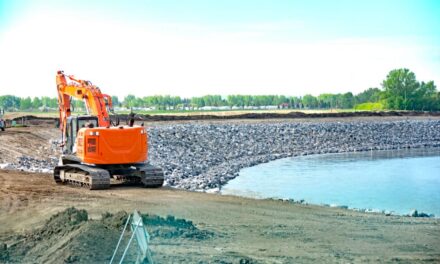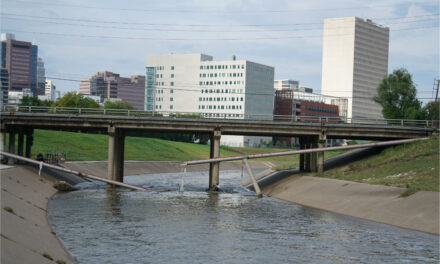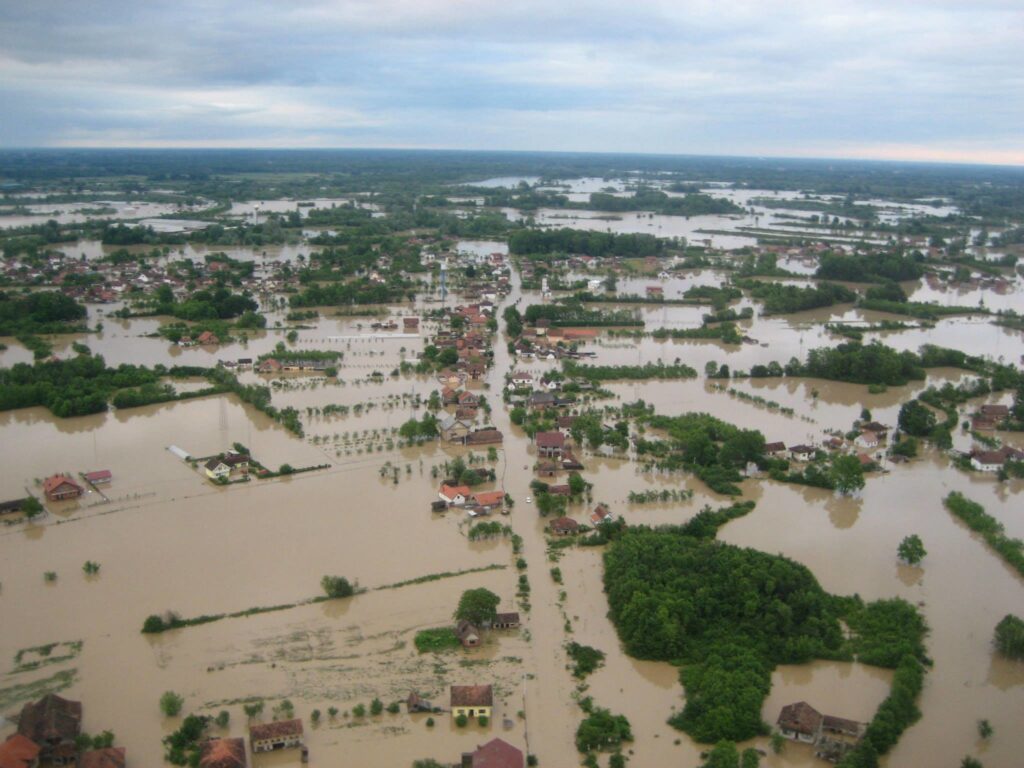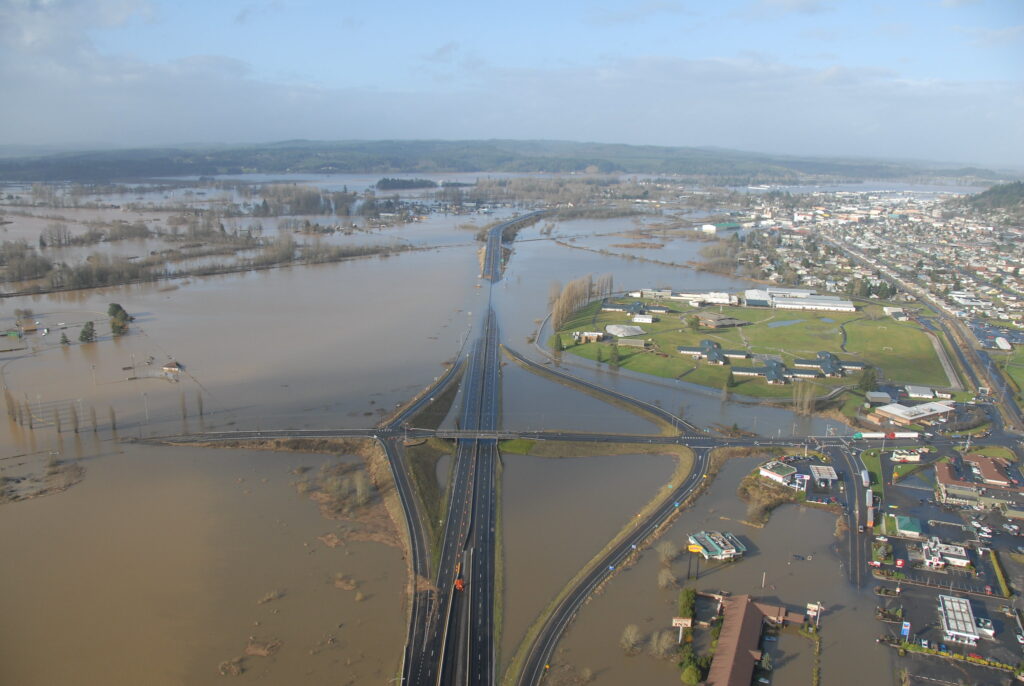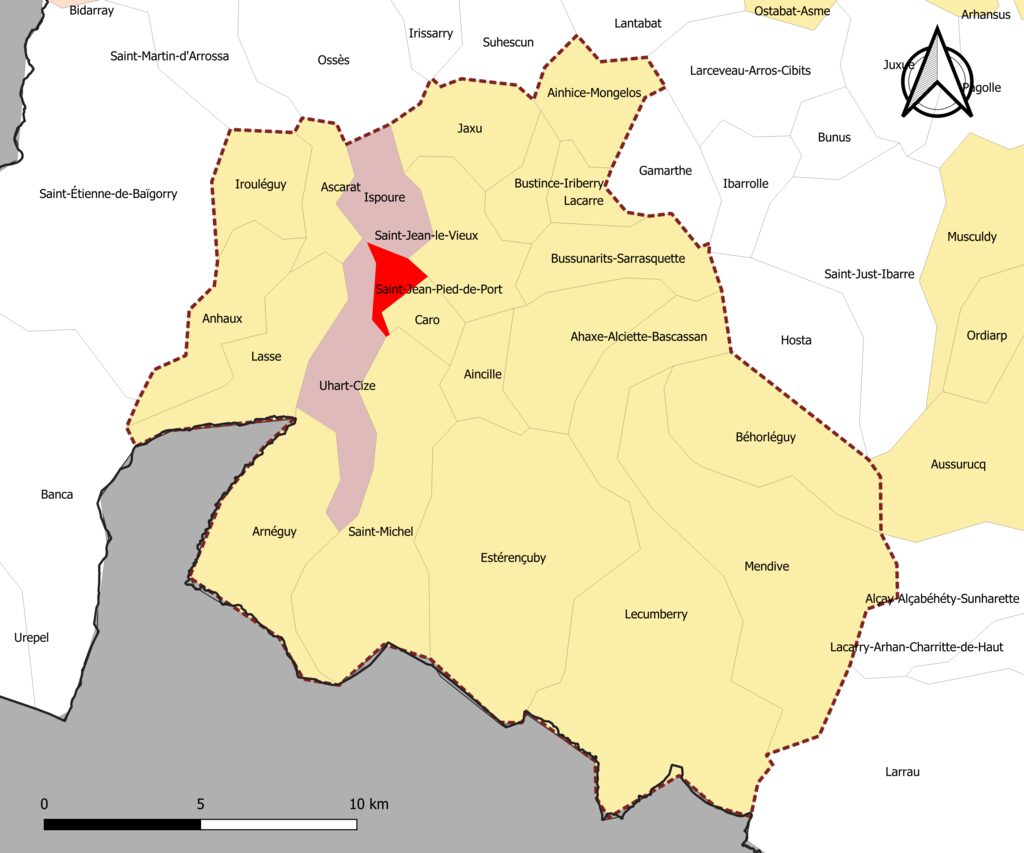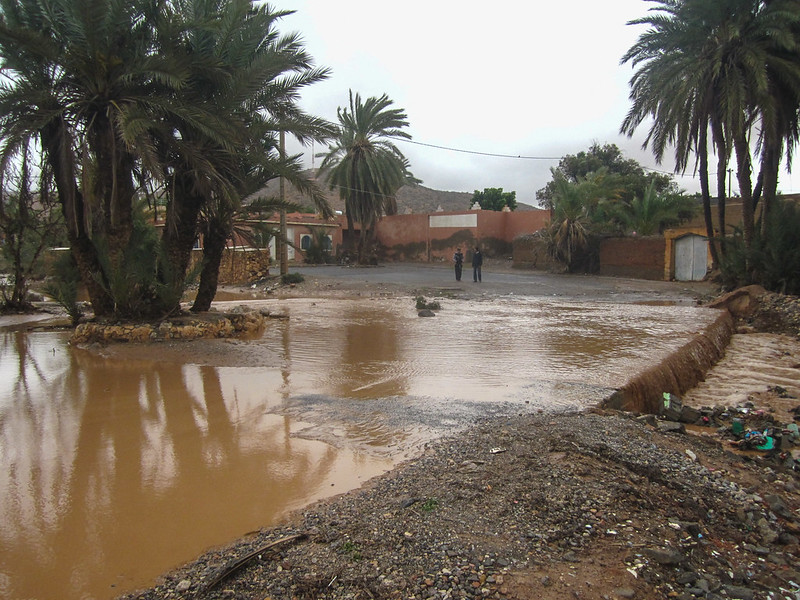Floods are devastating natural events that have a profound and often lasting impact on the environment. When an area is flooded, the consequences go far beyond material damage: they also affect local ecosystems, water quality and biodiversity.
1. Degradation of Aquatic Ecosystems
Flooding can lead to the destruction of aquatic habitats such as marshes, rivers and wetlands. These environments play a crucial role in filtering water, supporting biodiversity and regulating water levels. When submerged, habitats can be irreversibly altered, affecting the species that depend on them. Debris, sediment and chemicals carried by floodwaters can also contaminate watercourses, exacerbating pollution and threatening aquatic wildlife.
2. Soil erosion and loss of fertility
Flood waters can cause significant soil erosion, washing away the nutrient-rich surface layers that are essential for plant growth. This loss of fertile soil can reduce the land’s ability to support agriculture and maintain vegetation, leading to a reduction in biodiversity and an increase in the risk of desertification.
3. Contamination of Water Resources
Floods can contaminate drinking water sources with pathogens, chemicals and waste. Water treatment systems can be submerged or damaged, compromising water safety for local communities. Contamination can lead to epidemics of water-borne diseases, affecting human and animal health.
Strategies to Reduce the Environmental Impact of Flooding
To mitigate the effects of flooding on the environment, several strategies can be put in place, both in terms of urban planning and crisis management.
1. Wetland protection and restoration
Wetlands act as natural sponges that absorb excess water during floods. Protecting and restoring these areas can help reduce the risk of flooding and maintain habitats for many species. Conservation and rehabilitation programmes can also improve the resilience of ecosystems to flooding.
2. Sustainable Land Management
The adoption of sustainable agricultural practices and land management can reduce soil erosion and improve soil health. Planting ground cover and implementing soil conservation techniques can help preserve soil fertility and prevent erosion caused by flooding.
3. Resilient Design and Infrastructure
Incorporating nature-based solutions, such as green walls and ecological drainage systems, into infrastructure design can help to manage floodwater more effectively. These solutions not only reduce the risk of flooding but also contribute to biodiversity and improved water quality.
4. Community awareness and education
Raising local communities’ awareness of the environmental impacts of flooding and promoting sustainable practices can strengthen collective resilience. Educational programmes and community initiatives can help prepare residents for future crises and promote environmentally friendly behaviour.
Conclusion
Floods have a significant impact on the environment, affecting ecosystems, water quality and soil fertility. By adopting sustainable management strategies and building resilient infrastructure, we can reduce these impacts and better protect our planet from the effects of future floods. Awareness-raising and education also play a key role in preparing for and responding to environmental crises.
By combining these efforts, we can not only mitigate the damage caused by flooding but also promote a more sustainable and resilient future for our communities and our environment.



